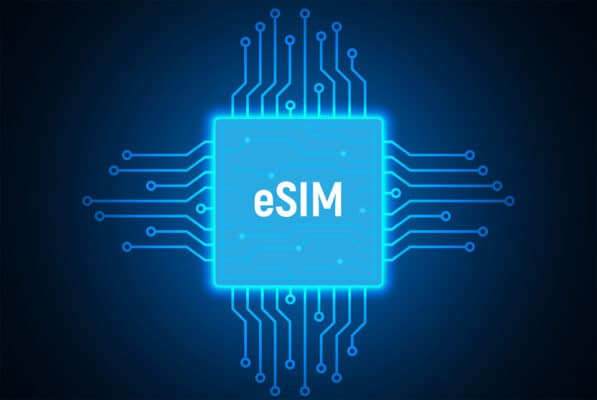What It Takes to Succeed with eUICC Implementation
By Noam Shany
September 5, 2023

The embedded Universal Integrated Circuit Card (eUICC) is the software component of an embedded SIM (eSIM). eUICC uses a global GSMA-sponsored standard universally held by mobile operators. This standard is what makes eSIM technology so versatile.
Moreover, eUICC reduces the manual processes associated with continuously swapping out SIMs as one goes from network to network. It improves connectivity management of IoT deployments at scale.
eUICC is a central IoT platform technology. IoT device connectivity managers can provision and manage their device’s mobile connection details over the air (OTA). Nevertheless, eUICC implementation can be complex, depending on the use case. There are several critical considerations businesses should have in mind when approaching their next project.
When using eUICC for an IoT deployment, the type of implementation or use case matters. For example, the consumer eSIM standard is much more clear-cut than the machine-to-machine (M2M) version.
Consumer: Profile pulled by the end user according to their personal preference from a device with a relevant interface.
M2M: Profile pushed from the platform by a corporate/enterprise according to their business preference.
With consumer devices, there are no intricate integrations between operator systems. They leverage a user on Wi-Fi instead of cellular to manage this switching process.
M2M, however, requires that mobile network operators (MNOs) have their own remote SIM provisioning (RSP) systems. This necessitates highly involved (and expensive) integrations with other operators’ systems.
Once devices go live, some companies may find that they can’t change providers. Even if the device manages to switch, it might not connect to the new network. This situation forces a technician to physically drive to the device’s site and manually remediate the problem.

A rising percentage of IoT applications require national or international coverage for global roaming. For example, consider an industrial IoT project requiring global roaming capabilities, such as a fleet management solution for an international trucking company. Whenever its vehicles cross borders, the truck’s telematics will need IoT connectivity outside the MNO’s native geography.
Having to connect devices for global or multinational coverage is tedious and costly. Businesses with IoT deployments in several markets must acquire technologies from specific operators. However, roaming SIMs that leverage eUICC can alleviate global IoT deployment hurdles. They allow companies to switch providers seamlessly while keeping costs low.

Not all IoT providers offering eUICC solutions are made equal. Some lack critical relationships with native operators worldwide, so their solutions do not circumvent permanent roaming restrictions.
There are several considerations when choosing a provider. Companies should pick one that offers connectivity management that enables access anywhere, anytime. A vendor with an IoT connectivity management platform that allows streamlined coverage and control is a must.
Another helpful tip is to be cost-conscious. If an IoT vendor is inexpensive, companies might think they are saving money. However, these cheaper options typically lack the experience to solve connectivity issues for IoT solutions.
A best-in-class IoT provider offers longevity and flexibility. It can keep a business’s IoT deployments connected long-term.

NExT™ eSIM provisioning, powered by Telit Cinterion, leverages the eUICC standard. It combines vast global coverage with roaming connectivity profiles and additional local profiles (eUICC-based). These local profiles overcome permanent roaming restrictions and answer market needs for unique business cases (localization). We enable IoT customers to switch between global roaming and local MNO profiles remotely and securely.
Speak with our IoT connectivity solution experts to future-proof your global IoT connectivity with NExT.